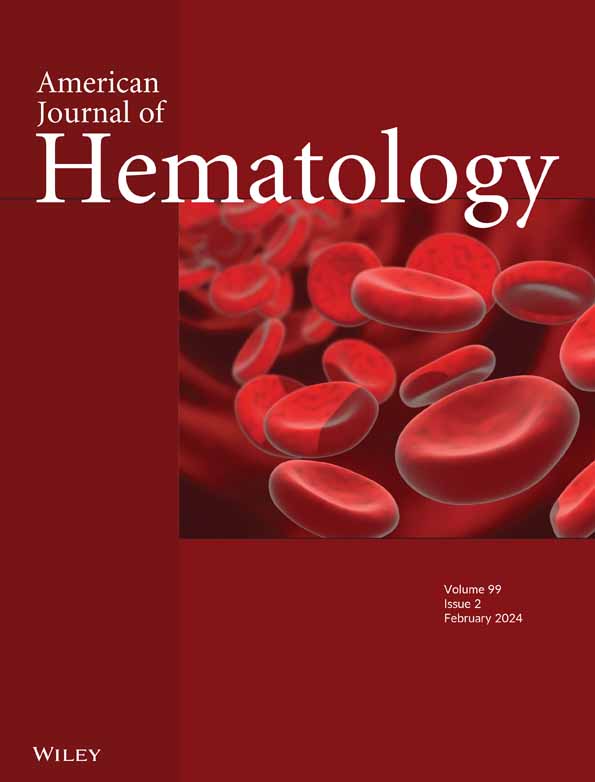Practical Guidance on Clinical Management of Belantamab Mafodotin-Associated Ocular Events
Abstract
Importance
Belantamab mafodotin (belamaf)-containing regimens are effective treatment options for patients with relapsed and/or refractory multiple myeloma. Ocular events are a common adverse effect of belamaf treatment, which can be managed by physicians, following appropriate training, to minimize their impact on the patient.
Objective
To develop clinical recommendations for the identification, monitoring, and management of ocular events associated with belamaf therapy, and guidance for any required dose modification.
Evidence Review
A systematic literature review was conducted and an international group of hematologists and ophthalmologists reviewed clinical trial data, real-world evidence, and published literature on belamaf-associated ocular events. This literature review and the collective experience and expertise of the panel of experts informed the recommendations.
Findings
Belamaf-associated ocular events are common side effects of treatment, which are managed primarily with appropriate dose modification and decreased frequency of dosing, as well as the use of artificial tears. These events affect the corneal epithelium, are mainly Grade 1 and 2 per the Keratopathy and Visual Acuity scale and are reversible in almost all patients. In general, before initiating belamaf therapy, all patients should undergo a baseline ophthalmic evaluation with an eye specialist. However, if there are delays in obtaining ophthalmic evaluation, or if a patient is rapidly progressing, treatment should be initiated, and ophthalmic evaluation should be undertaken as soon as possible. Patients should be also evaluated by an eye specialist before administering the next three belamaf doses (i.e., before Cycles 2, 3, and 4); dose modifications, as described in this paper, may apply if required. Importantly, modifying the belamaf dose in response to an ocular event is not associated with any reductions in treatment efficacy. After Cycle 4, the treating physician may use the Vision-Related Anamnestic tool, alongside clinical judgment, to decide whether to administer the next dose of belamaf or to refer the patient to an eye specialist (i.e., if the patient experiences new worsening of vision or if the ocular events have neither improved after 8 weeks nor resolved after 12 weeks).
Conclusions and Relevance
The expert panel developed recommendations for managing belamaf-associated ocular events, with the aim of contributing to the ease of clinical use of belamaf and improving patient outcomes.

 求助内容:
求助内容: 应助结果提醒方式:
应助结果提醒方式:


